The content of the article
Many people like fragrant and juicy oranges, they are used in salads and other dishes, or eat slices. However, getting to the coveted pulp is not easy. The situation with an allergy to orange oil complicates the task even more - some people can safely use the pulp for food, but do not contact the zest so as not to provoke a rash. It is good that for each case there is a neat way to clean and cut the sun fruit - we’ll talk about them in more detail.
How to peel an orange carefully
So that the citrus does not splatter in all directions, threatening the wallpaper and eyes of others, there are a couple of careful ways to get rid of the crust.
Option 1
It will take a knife and a spoon. It is necessary to make an incision along the "equator" of the orange with a knife to a shallow depth so as not to touch the films and let the juice flow. Then a spoon is inserted into this slot and pushed under the skin, peeling it off. So you need to go in a circle, separating the lobules from the zest.
Then the peeled dome is rotated so that the inner stalk comes off - and removed. Then do the same with the second half. As a result, you will have a whole ball of slices, which can be easily separated from each other.
Option 2
The second method allows you to reduce the spray of essential oil on the fingers. This cutting takes only 15 seconds. The peel must be cut shallow crosswise through both “poles”, not 2, but 3 cuts can be made if the fruit is large. Get 4-6 petals from the zest. You can easily pry them with a spoon or fingers and peel off.
Option 3
You can cut the knives a convex "pole" of orange, so you do not touch the flesh. Next, you need to go with a knife in a spiral, without going deep, so as not to damage the film. The resulting serpentine zest will also simply be removed with your fingers, exfoliating it from the lobules.
Option 4
The peel can not be removed at all. It is enough to cut the zest from two sides at the “poles” and draw a vertical strip with a knife in place at the junction of the slices. Next, you need to put your thumbs in the center at the junction of all the pieces, press a little - and divide the orange. Due to the cross section, a peel tape will be obtained on which whole segments will remain. Separating them afterwards is not difficult.
How to Cut Orange for Salad
To get pieces of pulp for a fruit salad or snack, you need to do the following:
- Cut off the “lids” with a knife on both sides, removing the zest and the white layer.
- Next, put an orange and begin to cut the zest slices along the pulp, touching the slices so that they are exposed at the edges.
- To separate the pulp, a knife is introduced along the edge of each membrane. It turns out that you make a wedge, after which a slice without a film falls out of the base.
This way of cutting releases a lot of juice, so you need to be careful.
Another salad method is the extraction of curly pieces. Since the partitions of the orange are really delicate, it is not necessary to remove them. But you can get beautiful slices for the salad. The orange in the peel is cut across the slices with thick rings (select the parameters taking into account the specifics of the dish). Next, the rings are cut in half and release triangles of pulp, including fragments of 2-3 lobules.
General tips on how to make orange peeling hygienic and comfortable
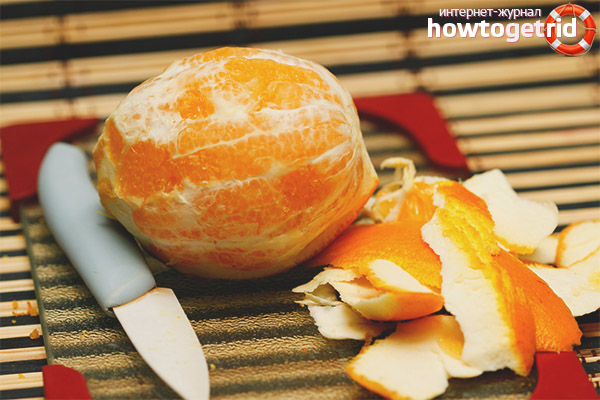
There are a few simple points that not everyone has heard of or in a hurry to forget, but this is very important:
- First, remember that before you go to the counter, oranges go a long way, go through many hands and are sometimes treated with chemicals. Therefore, do not be too lazy to wash the fruit with warm water before cutting. During cleaning, a dirty coating gets on the pulp, and this must be avoided. This is especially important if you will use the zest, for example, for baking or decorating.
- Secondly, the peel will be much more willing to lag behind the pulp if you roll an orange on a table or board before cleaning. The main thing is not to overdo it so that the slices do not deform inside.
When making slots for peeling, keep in mind that it can be of different thicknesses. As a rule, the smooth and shiny zest without noticeable pores turns out to be thin, and the tuberous and rough has a rather powerful “cotton” layer. If you are not sure how thick the peel of your orange is, cut off the protruding “pole”, then it will become clear what depth you need to enter with a spoon or knife so as not to disturb the integrity of the slices.
When preparing pieces of pulp for salads, sandwiches and other snacks, do not forget to remove the seeds from them, otherwise you can spoil the impression of even the most delicious dish.
And finally, advice for owners of sensitive skin. In order not to suffer from allergies and not remove the orange aroma from the skin, washing your hands with soap many times, it is enough to use confectionery gloves or simple packaging bags. In extreme cases, wrap the zest with paper towels during cleaning, then most of the essential oil will be absorbed into the napkin and will not get on the skin.
Important: To keep your hands clean in the field, the orange can be cleaned without getting out of the bag, the oilcloth will hold back all the splashes. The peel can be carefully removed with your fingers through the plastic barrier, remove the peeled fruit, and leave the zest inside, tie it and discard. No odor, sweet smudges and dirt.
Of course, there is no ideal way, but in the end, your favorite juicy fruit is worth a little effort to please us with its fragrant sweet nectar. Try a new method - and with practice, you will learn how to peel oranges quickly and accurately.
Video: how to peel an orange quickly and without splashing

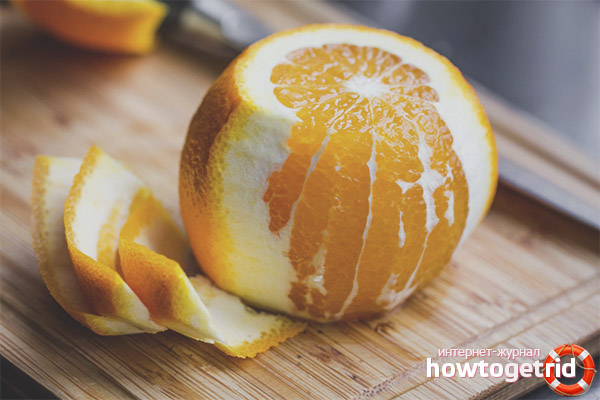

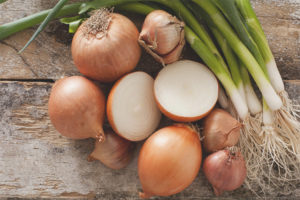
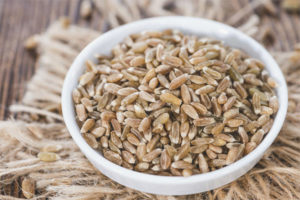
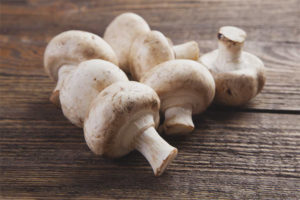
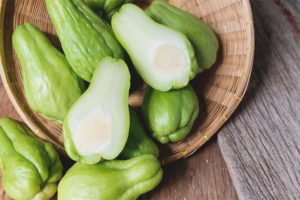
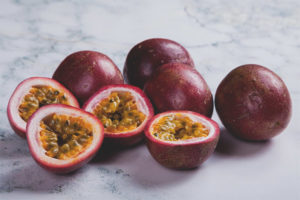
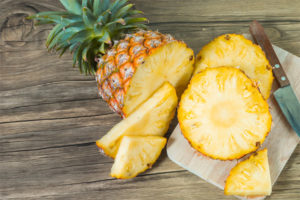

Submit